Stock and Fixed Asset Management
Course Purpose: This unit standard is intended for managers of small businesses and junior managers of business units in larger organisations. It provides the background necessary to understand the management of assets and stock in a business unit. What you’ll …
Overview
Course Purpose:
This unit standard is intended for managers of small businesses and junior managers of business units in larger organisations. It provides the background necessary to understand the management of assets and stock in a business unit.
What you’ll learn
This unit standard is intended for managers of small businesses and junior managers of business units in larger organisations. It provides the background necessary to understand the management of assets and stock in a business unit. The term business unit in this unit standard implies a small business, cost centre, section or department. Junior managers include, but are not limited to team leaders, supervisors, first-line managers and section heads. The positioner term is used to describe the first level of management in an organisation at which an employee has other employees reporting to him/her. The qualifying learner is capable of differentiating between fixed assets and stock in a business unit. Explaining the influence that stock management can have on the profitability of a business. Explaining the management of fixed assets in a business unit. Applying the basic principles of stock and fixed asset management to a business unit.

Duration: 1 Day
Featured Course
Developments that could impact on a business sector
Course Curriculum
Curriculum
Curriculum
- 4 Sections
- 18 Lessons
- 1 Day
- Unit 1: Differentiate between fixed assets and stock in a business unitASSESSMENT CRITERIA5
- 1.1The concepts of fixed assets and stock are explained with examples
- 1.2The different fixed assets in a business unit are identified and an indication is given of the purpose of each asset in the business unit
- 1.3Stock in a business unit is identified and a list is compiled of the stock usually needed in a business unit
- 1.4The problems that occur in a specific business unit if there is insufficient stock are indicated, and a plan is compiled to ensure that the required stock is available when needed
- 1.5Problems if a business unit has too much stock are explained, and an indication is given of how stockpiling impacts on the bottom line of the business
- Unit 2: Explain the influence that stock management can have on the profitability of a businessASSESSMENT CRITERIA5
- 2.1The need for stock control is explained with reference to fraud, theft, carelessness and ensuring sufficient stock
- 2.2The different ways of managing stock are explained with reference to records and stocktaking
- 2.3The importance of quality, quantity, time, price and source in managing stock is explained with examples
- 2.4The rate of stock turnover for a business unit is calculated and an indication is given of how knowing turnover assists in planning
- 2.5An Economic Ordering Quantity Model (EOQ) model is explained and applied to a business unit to calculate the optimum stock level for three items in a business unit
- Unit 3: Explain the management of fixed assets in a business unitASSESSMENT CRITERIA4
- 3.1The fixed assets in a business unit are identified from a balance sheet
- 3.2The asset register for a business unit is updated for three case studies
- 3.3The valuation of assets in a business unit is explained with reference to depreciation and investment
- 3.4Reasons for depreciation are explained with examples and an indication is given of the purpose of depreciation
- Unit 4: Apply the basic principles of stock and fixed asset management to a business unitASSESSMENT CRITERIA4
- 4.1The risk associated with the management of stock in a business unit is identified and quantified in terms of probability and severity
- 4.2The risk associated with the management of fixed assets in a business unit is identified and quantified in terms of probability and severity.
- 4.3A system for managing stock in a business unit is applied with reference to ensuring sufficient stock, control of costs and the value of the stock.
- 4.4A plan is designed to minimise the risk associated with fixed assets in a business unit
Requirements
- Grade 11
- NQF Level 3







